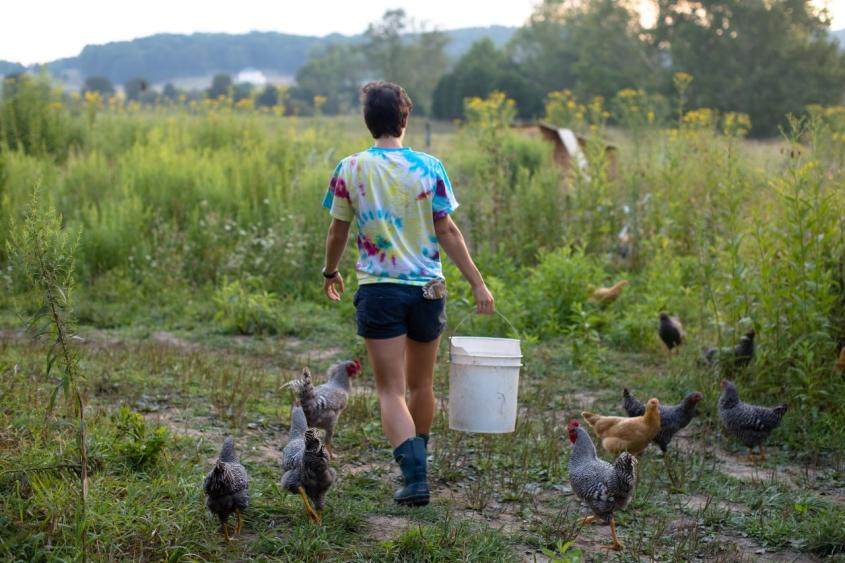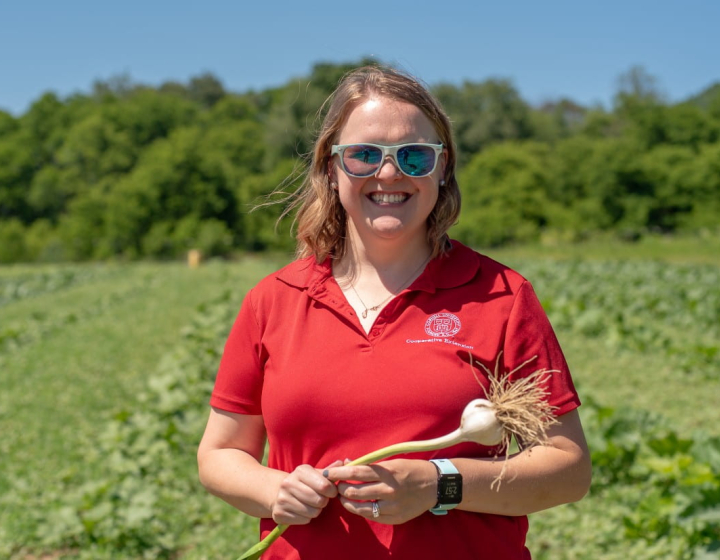Pandemic caused increase in backyard food use, hunting in New York state
The early days of the COVID-19 pandemic held great uncertainty. Many people faced job losses or reduced incomes, while media images of empty supermarket shelves and stories about dumped milk showcased the effects of disrupted supply chains and stirred up food scarcity worries. At the same time, sourdough baking, fishing, and victory gardens were having a new heyday on social media.

A paper recently published in Frontiers in Nutrition by several Cornell faculty members and graduate students takes a closer look at this apparent resurgence of interest in wild and backyard foods during the early pandemic. “This was the period of 2020 when you couldn't find tomato cages, seeds were out of stock, and there were reports about record numbers of people hunting and fishing,” said Dr. Kathryn Fiorella, an assistant professor in the Department of Public and Ecosystem Health.
Her advisee, Jeanne Coffin-Schmitt, a Ph.D. student in the Department of Natural Resources and the Environment, had already been thinking about wild and backyard foods in Upstate New York and whether people were motivated by fun, food or personal fulfillment to pursue them. “Then, during lockdown, we saw that interest was ballooning, so we quickly launched an online survey to understand what COVID-19 was changing,” Coffin-Schmitt explained.
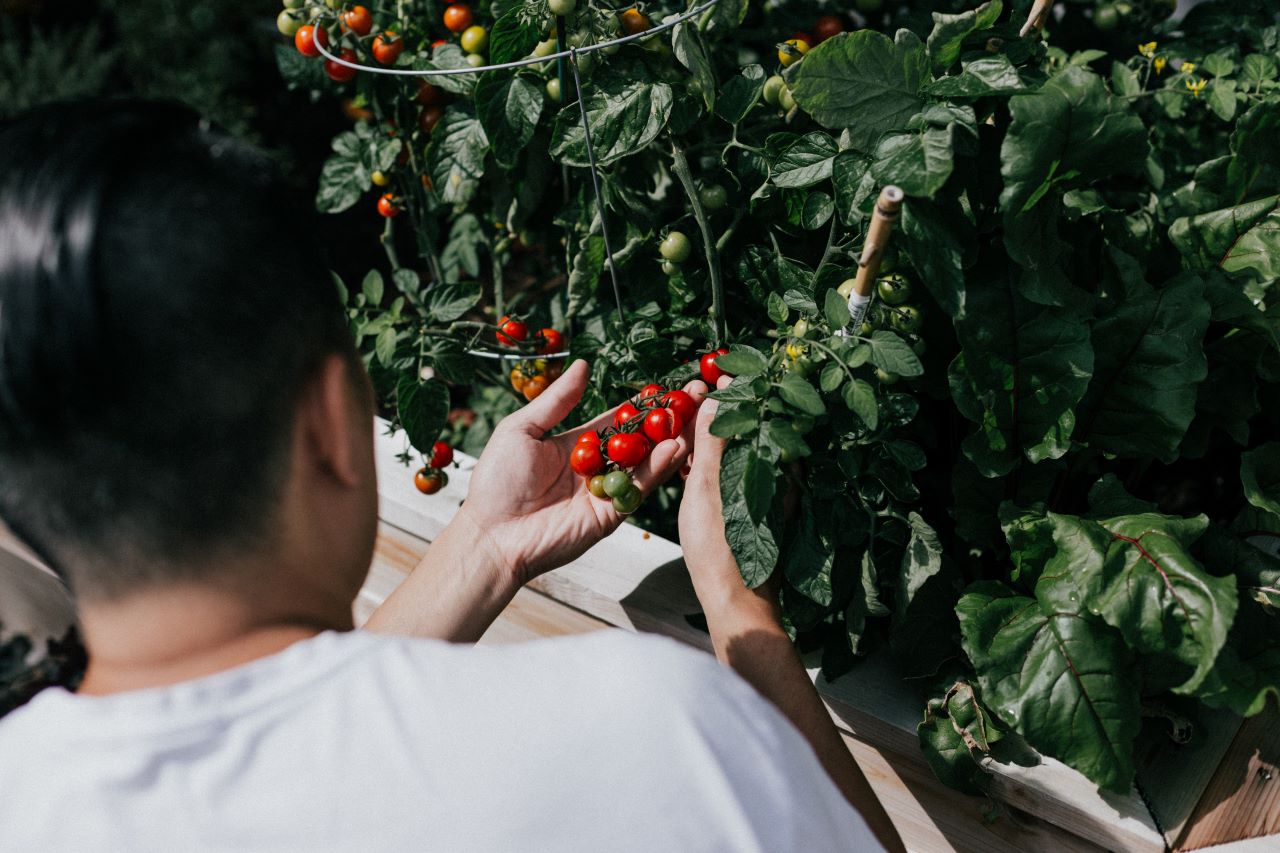
The project brought together researchers from both Fiorella’s group, the Public Health Program, and Coffin-Schmitt’s department. “We are trying to think about the interconnections between health and the environment in the new Department of Public and Ecosystem Health, and this is one example of the topics we consider when thinking about the food system very broadly,” Fiorella said.
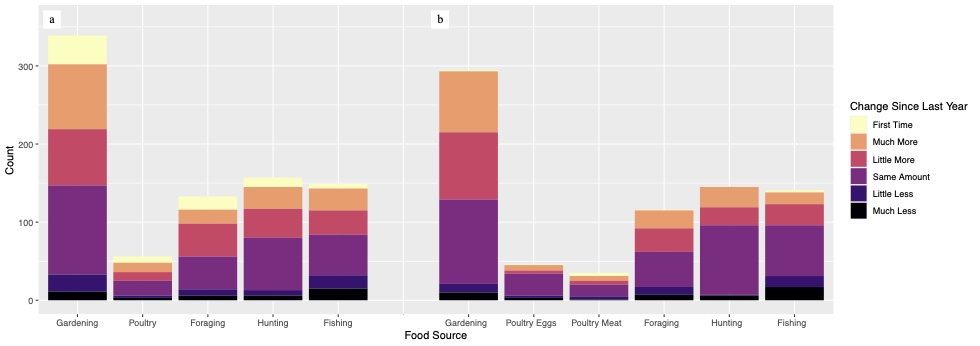
The group conducted a survey of over 500 people across six counties in Upstate and Central New York. Participants reported on their production and consumption of wild and backyard foods – from gardening, poultry rearing, foraging and hunting and/or fishing – during the pandemic compared to the previous year. Because respondents were recruited in a convenience sample, they likely overrepresented interest in these activities. They also tended to be whiter, more educated, and wealthier than average New Yorkers.
An increase in homegrown food
Results showed that only a small number of participants were new to wild and backyard food-related pursuits, and across different activities, 40 to 46 percent of people increased the amount of time they invested. Conversely, a notable minority of respondents reduced their activities, possibly due to them being essential workers or parents with children suddenly at home.
The researchers were especially interested to see whether people also consumed the food they produced. Indeed, they did. While diets generally worsened during the pandemic, gardening and poultry rearing for meat and eggs may have contributed to buffering those effects in the study region. “People were actually consuming really meaningful quantities,” Fiorella said. The average frequency of consumption for home-produced eggs, for example, was 16.4 times per month, and 5.8 times per month for home-produced poultry meat. Consumption at this level fulfills over 50 percent of the USDA’s recommendation for monthly protein foods. Likewise, the study estimated gardeners met 17 percent of their monthly fruits and vegetable consumption needs.
“People reported harvesting and eating wild and backyard foods to have more control over food availability – a key dimension of food insecurity – compared to before the pandemic,” Coffin-Schmitt added. “This was true even though the people we surveyed were almost entirely considered food secure based on their responses. We think this could show how much anxiety about conventional food systems the pandemic inspired.”
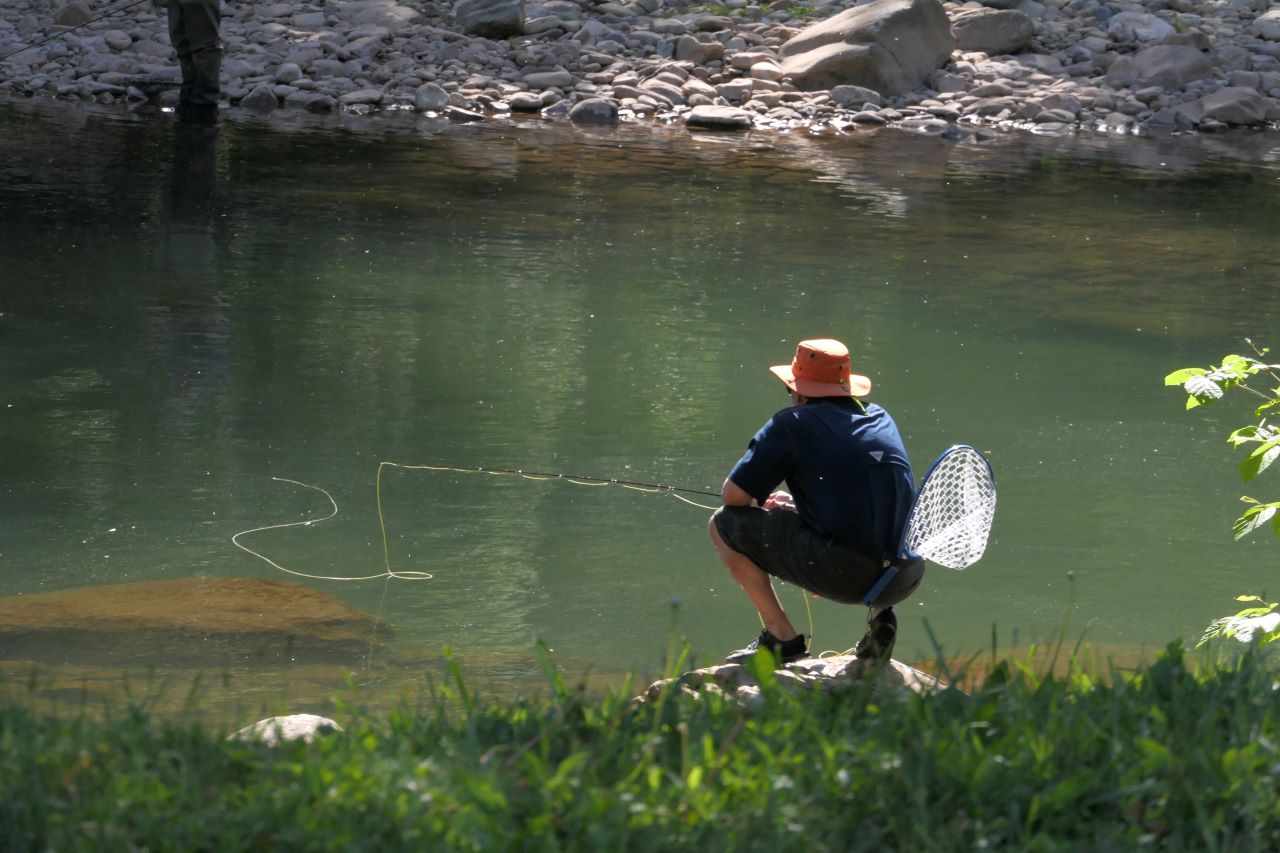
An untapped safety net
Concurrently, the study draws attention to the wealth of local know-how already available. “Participating in these activities brings you into this network, where you share both food and knowledge with each other,” Fiorella said. She hopes that the study will help agencies with a strong interest in supporting people in hunting, fishing and gardening – including the state’s Department of Environmental Conservation and the network of Cornell Cooperative Extension offices – tap into the existing resources while providing more targeted assistance to communities. “Experience with these activities lets people access them in a crisis, which we may need in the future, given not only the possibility of future pandemics but of other climate and environmental challenges we might face,” she said.
While agencies will have to balance drawing in participants on the one hand with certain challenges – such as increased harvest pressure on animals or hazards from foodborne disease in improperly maintained backyard poultry – on the other, individuals involved in wild and backyard food activities “tend to be really big supporters of maintaining natural lands and managing them well,” Fiorella explained. “So getting people involved is a key dimension of natural resource protection and ensuring the long term availability of the safety net wild foods can provide.”
Another version of this story appears in the Cornell Chronicle.
Written by Olivia Hall



